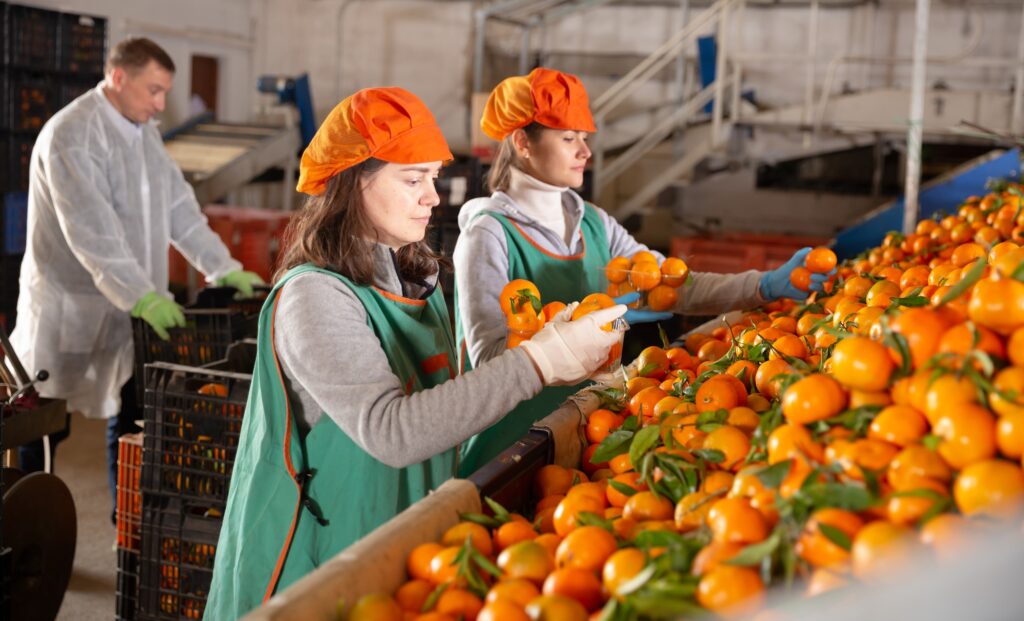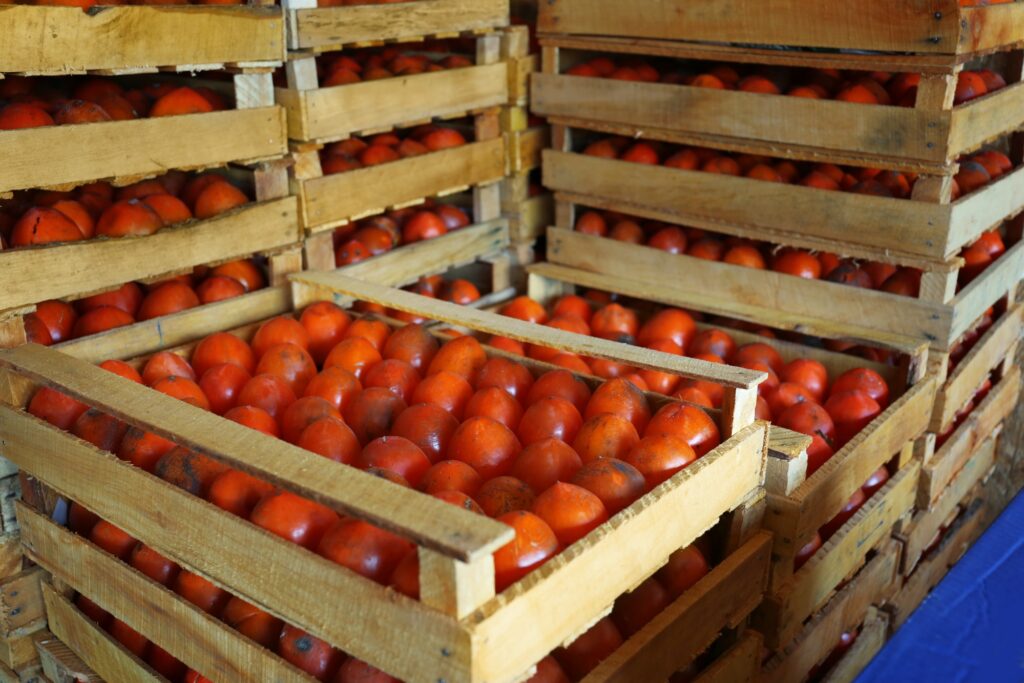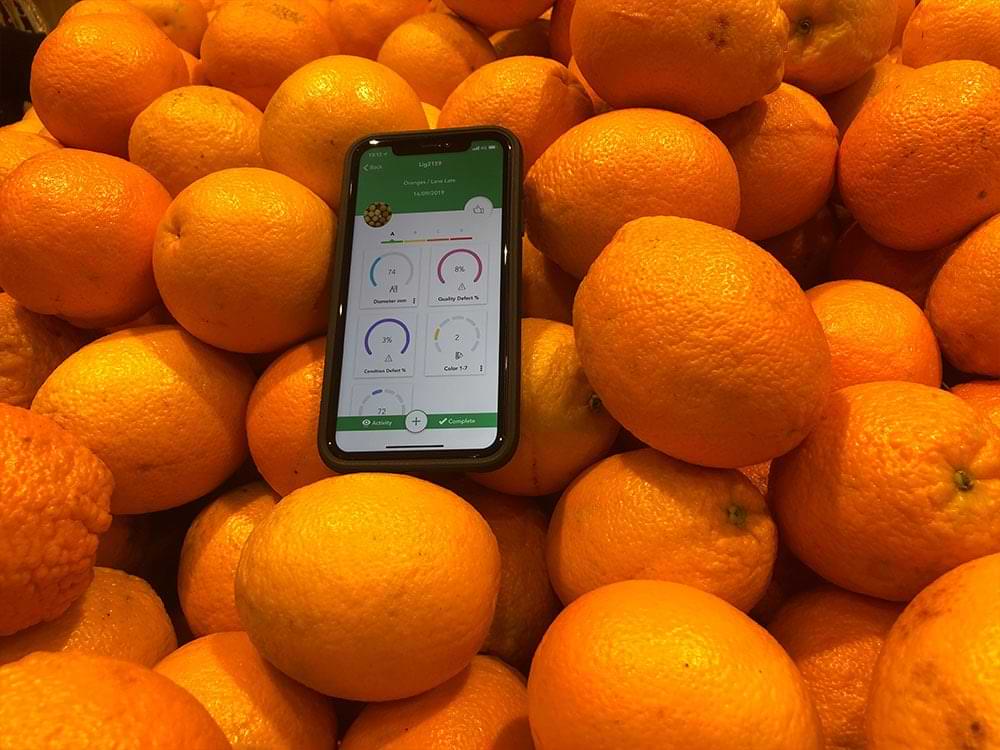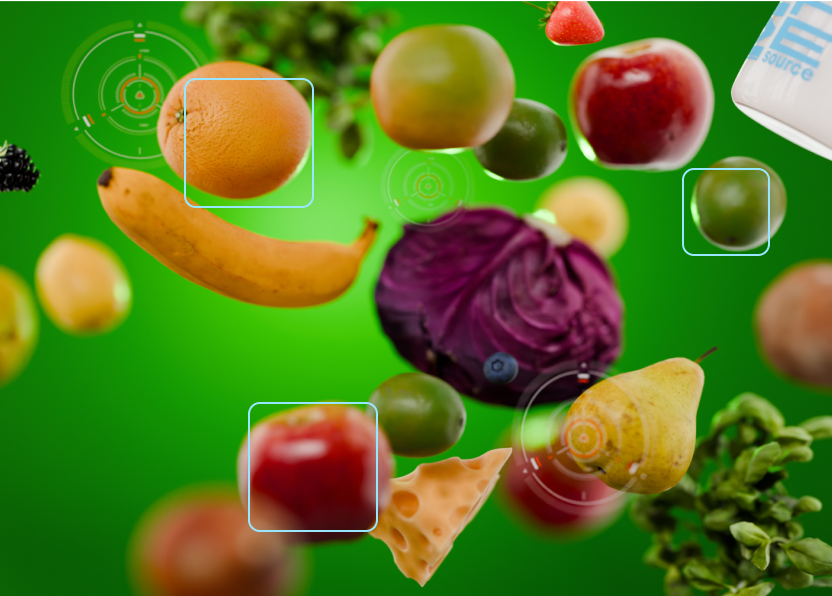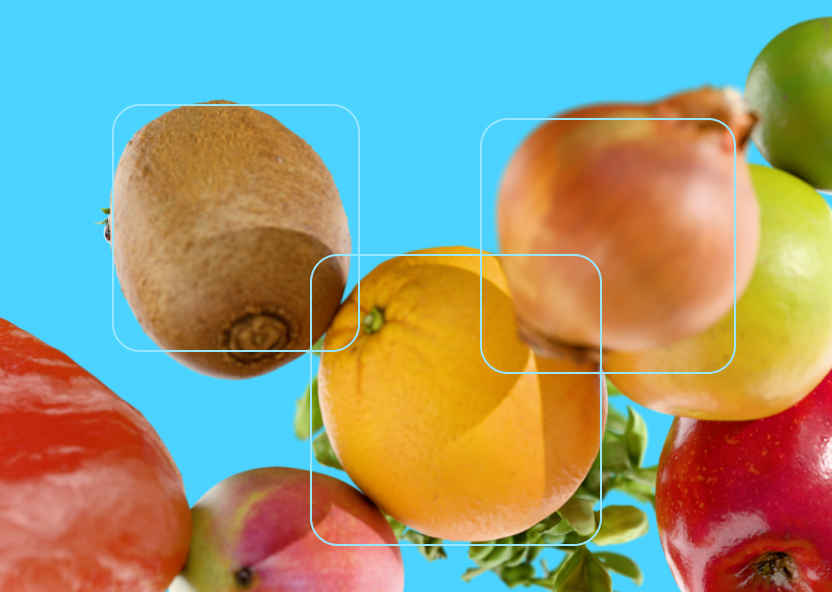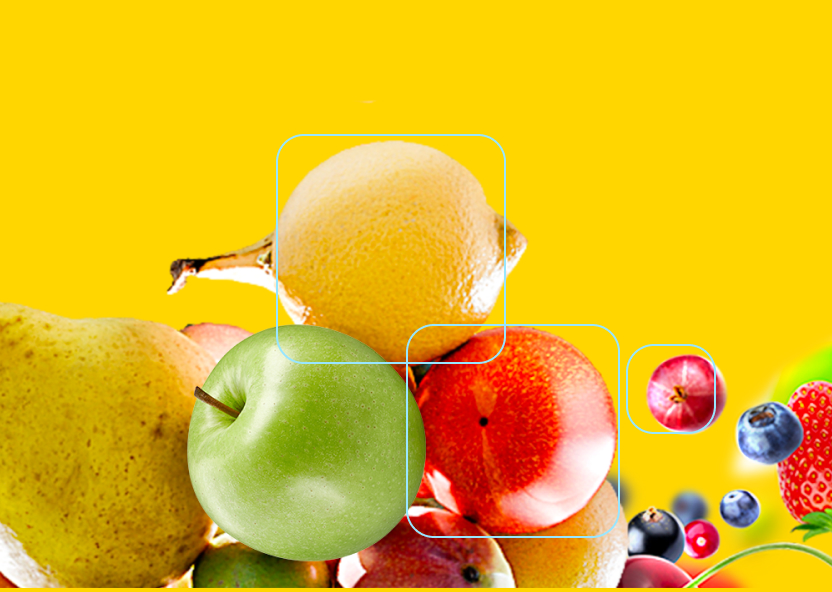As Clarifruit’s vision of a streamlined, more accurate and consistent fresh fruit and vegetable quality control (QC) process takes root (no pun intended) across the supply chain, many jobs will change for the better. First in line are QC managers. Modern, AI-powered quality assurance (QA) solutions hold the promise of freeing these professionals from conventional, labor intensive processes.
In this article, we’re taking a look at these processes for a QC manager at a wholesaler, and the changes that could make all the difference. For a grower or a marketing company, the timings and volume may vary, but the processes will be similar.
The complexity of Fruit and Vegetable QC extends far beyond simple visual inspection. Modern quality control encompasses a comprehensive system of checks and balances that begins at harvest and continues through storage, transportation, and final delivery. QC managers must navigate an intricate web of regulatory requirements while ensuring that each batch of produce meets specific customer specifications.
Unlike manufactured goods, fresh produce continues to undergo biochemical changes throughout the supply chain. QC managers must therefore employ predictive analysis to ensure that fruits and vegetables will reach their destination at the peak of quality, taking into account factors such as ripening rates, storage conditions, and transportation times. This makes the role particularly challenging and critical for maintaining both product quality and customer satisfaction.
What Does a Fresh Produce Wholesaler QC Manager’s Day Look Like?
7 am: The Intake
Throughout the last few hours, deliveries have been arriving at the warehouse, and are being unloaded, ready for their initial check. On any given day, there might be 5-10 loads worth of produce coming into the wholesaler, each of which could have 20 pallets onboard. At this point, QC intake starts checking the fresh fruits and vegetables, but they don’t always know who the end-customer will be.
That’s the first major challenge of the day: with conventional methods, it’s impossible to accurately forecast who will receive the produce, and match the right quality to ensure customer satisfaction. The lack of early quality assurance is felt most strongly here.
8 am: The QC manager arrives on-site
QC intake engineers are already working on their first quality control check at the loading bay. This is done manually, using tools such as a sizer, color chart, defect chart, scale and a refractometer, requiring all QC intake staff to go through training. Before they can even start sampling, they need to manually take down the information, usually with pen and paper, before inputting the data on each load into the system, which is often an Excel file back in the office.
This is laborious, and there’s no way to implement continuous improvement. AI software development is changing this for the better by automating these time consuming manual steps (more on this later).
9 am – 12 pm: Matching Produce to Customer
A single QC intake can take an hour or more, and QC intake needs to consider whether they are being impacted by their own value judgments. As each pallet is looked at in a silo, with no reference points to compare it to, if a whole consignment is lower than average, this can be hard to judge accurately.
By midday, all the arrivals should have been inputted into the system, where they are cross-referenced with individual customer quality specs. Produce might be suitable for one customer and not another. In many cases, it will take some work to make the fruits or vegetables suitable for a specific order. But it falls to the QC manager to make value judgements on the expense of any reworking against the profits, and provide this accurate information to the commercial team. This judgment needs to be made after sampling as little as 1% of the overall stock.
Even worse: this judgment is subjective to some degree, which opens the door to human error. This underlines the urgent need for consistent quality assurance methods to provide the basis for data-driven decision making.
1 pm – 7pm: Dispatch
The bays are now cleared for dispatch. At this point, QC intake is still continuing behind the scenes, so additional members of staff will need to handle the next inspections, usually QC online and QC dispatch. The loading bay now becomes a dispatch bay, and accuracy is essential. You may have 12-20 different loading bays, and each will be for a different customer, with different packaging, different specifications, and a different count per crate.
3 pm – 4 pm: The trucks start to be loaded, each with their own destination. As supermarkets and retailers change their specifications regularly, QC dispatch rarely has a chance to work on autopilot with expected parameters and specifications. Each quality control process has a potential for errors, which will have a direct impact on revenues. As the QC manager, you’re responsible for everything that your intake, online and dispatch engineers do.
7 pm: The QC manager may have gone home by now, but fresh produce quality control is a 24/7 business. Trucks continue to transport fruits and vegetables through the night, looking to deliver to supermarkets during the early hours. Any problems on arrival could lead to a phone call.
The Need for More Modern Quality Management
In this context, it is difficult to meet the increasingly diverse expectations of different customer segments. Each segment has its own specifications, and quality standards, adding more complexity that traditional quality control methods are not designed to handle.
The manual nature of these processes increases the risk of inconsistencies and errors, particularly when specifications frequently change. While conventional approaches rely on human oversight, they often struggle to deliver the precision and adaptability needed to meet evolving customer demands. These methods may fall short of ISO 9000 requirements. A product or service meets these requirements if it is supported by a quality system that demonstrates consistency, accuracy, and continual improvement.
All of this underscores the urgent need for modern, digital solutions that can streamline and standardize fresh produce quality control.
What Happens When There are Rejections?
In cases where fresh produce is rejected due to quality mismatches, the responsible sales reps will most likely go into crisis mode. They will now need to find a buyer who is willing to take the produce as soon as possible before the quality deteriorates even further and this usually results in a price mark down of as much as 50%.
What fresh produce businesses need is a software platform capable of automatically quality in real time against all customer specs. This could help stakeholders across the supply chain to more accurately match fresh produce quality to buyer demand.
AI-powered quality management systems (QMS) can significantly reduce the chances of rejections by ensuring that produce consistently meets customer specifications from the outset. By leveraging real-time data and automated processes, a QMS can flag potential quality mismatches early in the supply chain. This prevents costly errors and last-minute markdowns. Improved quality control not only boosts customer satisfaction by delivering consistently high-quality produce but also enhances overall business success by reducing waste and safeguarding profit margins. Continuous process improvement, a core component of modern QMS, helps businesses minimize rejections and streamline operations, resulting in a more efficient and profitable supply chain.
The Clarifruit Difference
Being a QC manager is undoubtedly a stressful job. They have to contend with a lot of guess-work in order to gauge the quality of a huge number of different fruits and vegetables, without access to high-quality and timely information at any given point in time. With QC completed manually, and a sampling rate of 1% or less, they need to make quick decisions that in some cases might cost the company millions off their bottom line.
Supporting them in this work are the QC engineers, usually entry-level staff who may be undertrained, and who aren’t given the tools to do the best job, often left to submit their reports via pen and paper.
If mistakes happen, the buck stops with the QC manager. She is fully responsible for any issues or outcome, despite not having the level of visibility or control that she needs.
A New Standard that Removes Subjectivity from the QC Process
Clarifruit offers a new standard where the QC engineer becomes the technician, operating a system that is automated, and removing subjective judgment from the process entirely. As the produce arrives, the intake inspector simply scans the barcode. All information immediately moves into a digital system with no manual effort or paperwork. This speeds up intake, but also adds value by offering reporting, customization, aggregation, cleansing of the data, and much more. At the point of dispatch, you can scan the pallet and immediately know which customer it’s for, and what the specifications are. Quality judgements are consistent, accurate, and easy to align with quality standards.
All of this happens without the need for manual effort and data collection, or specialist training. Altogether, this digitized process means that quality control is as much as 5 times faster. Team can also reduce the number of costly rejections.
Embracing the Process Approach for Assurance and Quality Control
Clarifruit’s technology aligns with a process approach by transforming fresh produce quality control into a uniform, efficient quality system. This ensures that all QC engineers collect consistent data across products and processes, meeting customer expectations with precision.
With a clear focus on both assurance and quality control, Clarifruit empowers businesses to enhance customer focus by freeing engineers to prioritize higher-value tasks. The result is a smarter system that supports continuous improvement, reduces incidents, and consistently aligns product quality with what customers demand.
Step into the future of fresh produce quality control with the Clarifruit platform, and take a load off from your QC engineers for the first time.
Ready to give it a try? Sign up for our free trial here.

